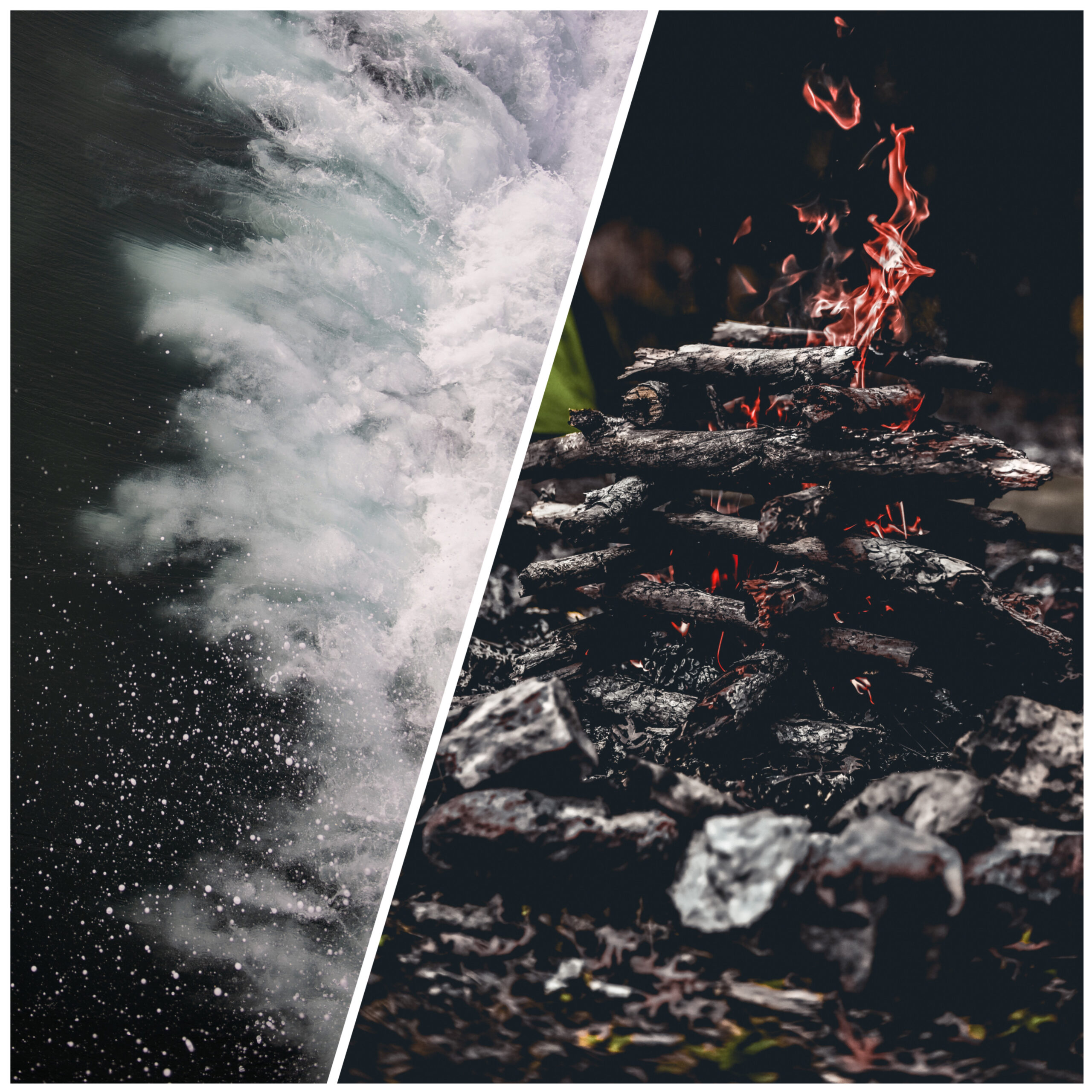Splashes to Ashes: India’s Water Gap

What nation do we want to live in? Is it honestly that big a surprise how COVID found its way through the country with how poorly we’ve maintained accessibility to hygiene for so much of the population?
We need to do better. Did you hydrate today? How many times have you washed your hands? When was the last time you showered?
If it sounds like I’m scolding you, I assure you, I absolutely am not doing that, not at all, wouldn’t dream of it. What I’m actually doing is more jarring – reminding you of your privilege!
Being able to do any or all of the above, regularly, is a borderline luxury in a country ranked 13th most at risk of a water crisis, only just barely behind Bahrain and San Morino. Barely half the population of India has access to clean drinking water. If you didn’t know any of this already, consider yourself lucky, your privilege has safeguarded you from this reality just enough for you to not feel it in your day-to-day.
Unfortunately, we can’t sleep on this, the National Institution of Transforming India (NITI Aayog) described the situation as the “worst water crisis in Indian history” which is only going to worsen exponentially in the coming years. It’s only a matter of time before we all start feeling it.
Did you know that wealthier households in India receive up to 2400 litres of water per day compared to poorer households which only receive 70 litres a day? That’s alarming, isn’t it?
Considering the urban population only just about makes up 35% of the total population, the fact that we get disproportionately so much more water should be evidence within itself that we’re a privileged class when it comes to one of life’s most basic needs.
Somewhere in this country, there’s a village girl carrying a pot of water on her head. It’s a classical image, isn’t it? How many paintings have you seen of that image? It’s warm and nostalgic and really makes you feel at home.
Don’t get too cosy though, I’m going to ruin that image for the empathetic hearts out there–the behind-the-scenes reality is that nearly 54% of rural women, including adolescent girls, spend up to 35 minutes every day collecting water which adds a layer of difficulty for those who live in the other side of our privilege.
And we’re running out of water. I cannot stress this enough, we’re running out, and it’s a problem so mismanaged that we’re expected to only have half of the water we need by 2030.
A lot of water supplies come from ground water – over 30 million access points supplying 85% of the rural sector’s drinking water and 48% of the water requirements for urban areas – and we’re burning through it fast. Our extraction of groundwater exceeds that of the US and China, combined, and we’re on the verge of running out all across the nation, with 21 cities including Bangalore, Delhi, Hyderabad, and Chennai predicted to have already exhausted their groundwater supply.
Water is a privilege and it’s a privilege we take for granted all too often. Could you imagine surviving through the lockdown without access to clean, safe water? While you imagine it, a vast majority of the country experienced it – only about 8.1% of kids from areas with no proper access to safe water were able to wash their hands frequently during the first year of lockdown compared to 23% of kids from areas with proper access to water.
But that’s quantity, how are we doing with quality?
Much worse, actually, chemical contaminations of water are present in 1.96 dwellings in India, with water-borne diseases being extremely widespread in areas prone to floods or drought. Excess fluoride affects tens of millions of people across 19 states. Excess arsenic affects 15 million people in West Bengal alone. And to no one’s shock, this is a problem that affects more of the poorer areas of India than the privileged. About 82% of rural households are without a piped water supply. School drop-outs increased 22% in drought-affected areas. Nearly 200,00 people die each year due to lack of access to a clean supply of water, either because they’re too sick or too thirsty.
You have kids who can’t stay hydrated or get sick trying to. You have people who have to ration water and have to wash their hands sparingly. Is this the n
We need to strive to the standards set by cities like Puri, Odisha, which became the first Indian city to provide 24×7 safe drinking water from taps in July last year and also installed water fountains to eliminate the use of plastic water bottles, reducing plastic waste by nearly 400 metric tons. We can and should do better before the crisis reaches our doorsteps.
Economically, 6% of the GDP is lost to water scarcity, with approximately 4570 crores lost purely to water-borne diseases.
We can do better. We have to do better.
All missions to conserve when necessary and increase accessibility to water to all, needed to be actualised yesterday, we can’t continue living like this.
A monstrous quantity of water is wasted every year due to inefficient irrigation methods and seepages in water systems across the country. It’s not enough that the country is plagued with water issues, it’s plagued with poor collection and management of our resources.
World Water Day is on 22nd March which ironically falls around the same time as Holi. Let’s celebrate this coming year with no water works and unnecessary wastage? I’d like to reach the end of this decade knowing that we didn’t dehydrate half the population to death, please, it’s too much for my conscience, as I am sure it is for yours, too.


